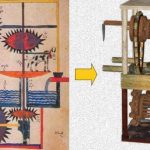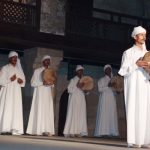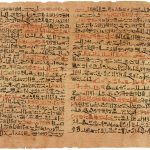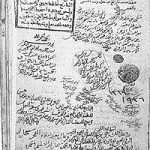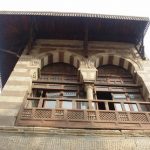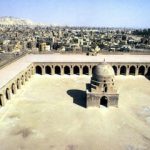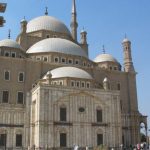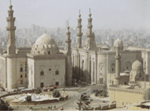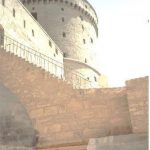The Mosque Of Amr Ibn El-Aas
The Mosque of Amr Ibn El-Aas, constructed by Amr Ibn Al-As in 642 AD, is the first mosque built in both Egypt and Africa.
Amr was an Arab general who fought against the Romans and was hailed by the Copts as a liberator. He was later appointed governor by the Caliph. Amr founded a new capital, Al Fustat, that replaced the old one, Alexandria.

This mosque was built in the center of Al Fustat, surrounded by the houses there. Originally the mosque was overlooking the Nile on its Northwest side.
The mosque was referred to as both “the Crown of the Mosques” and “the Antique Mosque”. Interestingly, the current features of the mosque are quite different from the original ones. Many reconstructions and restorations have taken place since the time its foundation was laid. The rectangular mosque was built with a low shed of wood and palm leaves, supported on columns of palm stems, stones, and mud bricks, while the floor was covered with gravel. This first simple mosque measures about 29 m. in length and 17 m. in width.
The most important change and last one was ordered by one the governor Abdullah Ibn Taher, during the reign of Caliph Al Mamoun in the 9th century. He extended the mosque, adding a new area at the S.W side. At that time the mosque measured 120 m. in length and 112 m. in width and represented the actual area of the mosque. At the end of the Fatimid period, the mosque was ruined due to the Al Fustat Fire in 1175 AD that lasted 54 days. Al Fustat was burnt by Shawer, the Vizier of the Fatimid Caliph Al Adid, to prevent the crusaders from invading Al Fustat. Therefore Saladin rebuilt it and renovated it in 1179 AD. Just before the arrival of the French Expedition to Egypt Mourad Bey, one of the Mameluke leaders during the end of the 18th century demolished the mosque and later rebuilt it in 1796 AD. Mourad Bey changed the Iwan and the courtyard replacing the seven rows of columns in the qibla liwan with 6 and changing the bays to be perpendicular to the qibla wall instead of parallel. He is believed to have built the remaining minarets, one above the right entrance in the facade and the other situated above the right end of the qibla wall. He renovated the ceiling, covered the floor with mats, and provided the mosque with candelabras. He also made 4 foundation tablets, that still exist, bearing poetic verses praising and dating his achievements. One of this tablets is fixed to the qibla wall to the left of the Mihrab.
In 1906, during the reign of Khedive Abbas Helmy II, the mosque was restored entirely. These works were achieved by the Arab Antiquities Preservation Committee.

At the Southern corner of the qibla Riwaq is a Mausoleum below a dome, perhaps belonging to Abdulla the son of Amr, but historians are unable to confirm this.
One of the most remarkable facts about that mosque is that it was not only a place for prayer but a type of intellectual university built 600 years before the foundation of Al Azhar mosque in Cairo. It was an important place where lesson circles and religious lectures were held. One of the most renowned religious professors and Imams who taught in this mosque was the Mohamed Ibn Idris Al Shafi’.
As a side note, it is known that in the Western Addition (Ziada) there was once a court of law that saw many trials during these ancient times.



